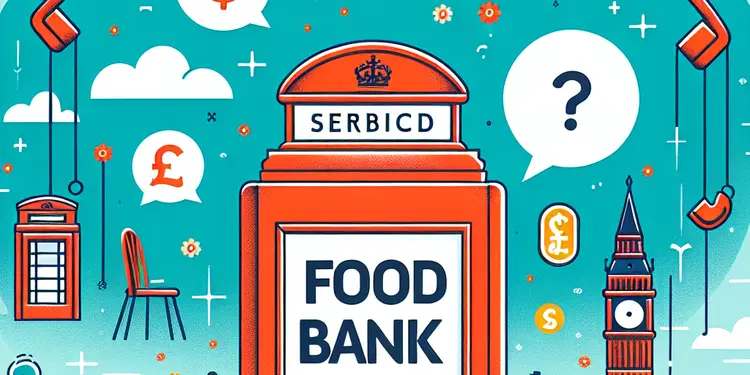
Find Help
More Items From Ergsy search
-
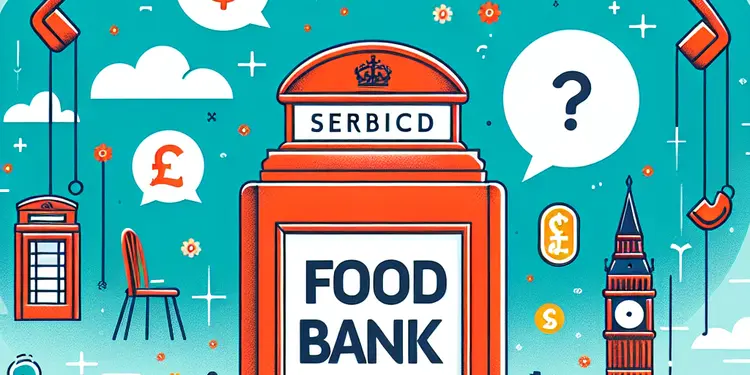
What is a food bank?
Relevance: 100%
-
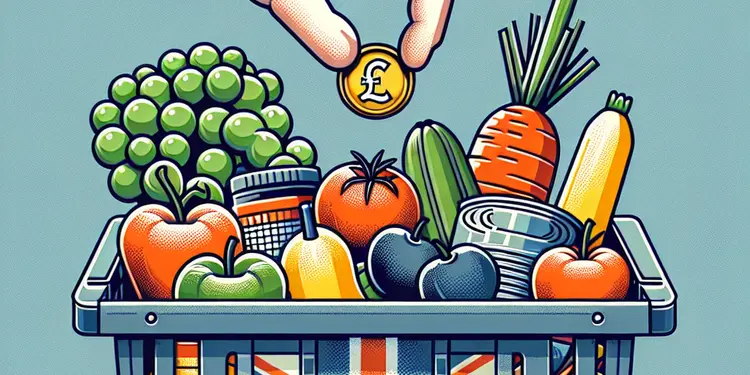
How do food banks get their food?
Relevance: 100%
-
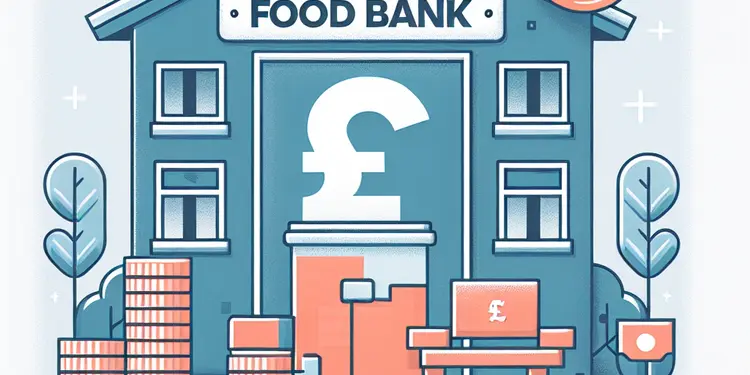
Is there a cost to receive food from a food bank?
Relevance: 97%
-
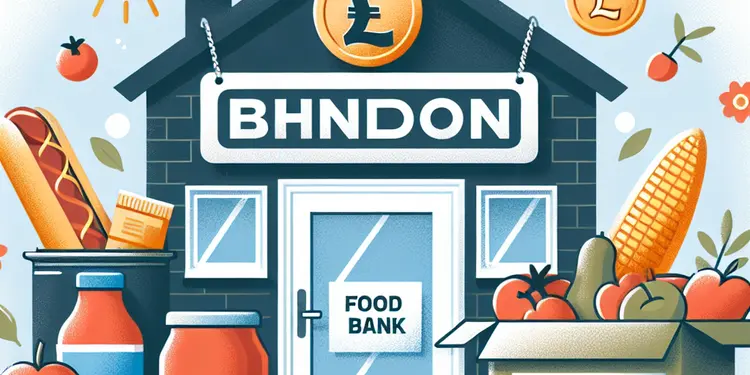
Are food banks open on weekends?
Relevance: 95%
-
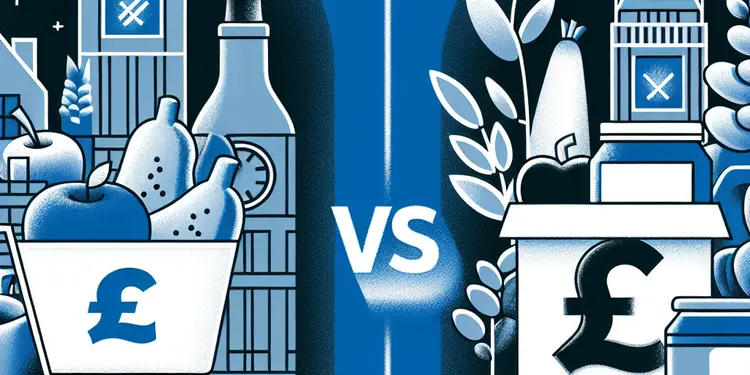
What is the difference between a food bank and a food pantry?
Relevance: 93%
-
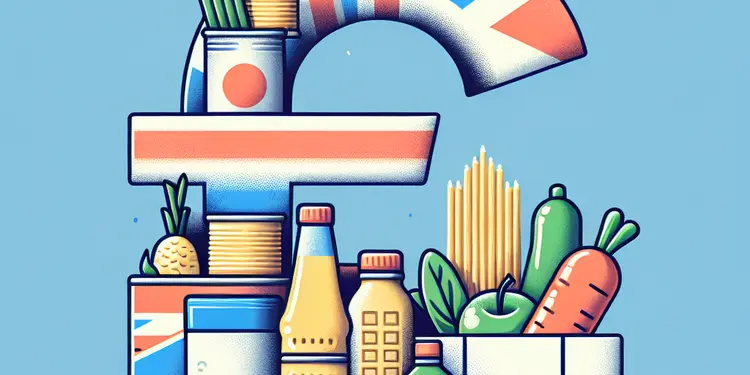
What types of food are typically available at a food bank?
Relevance: 93%
-
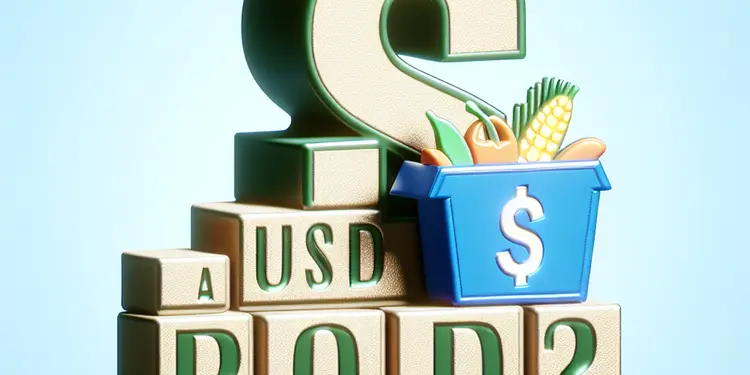
Can anyone use a food bank?
Relevance: 91%
-

What if there is no food bank near me?
Relevance: 91%
-
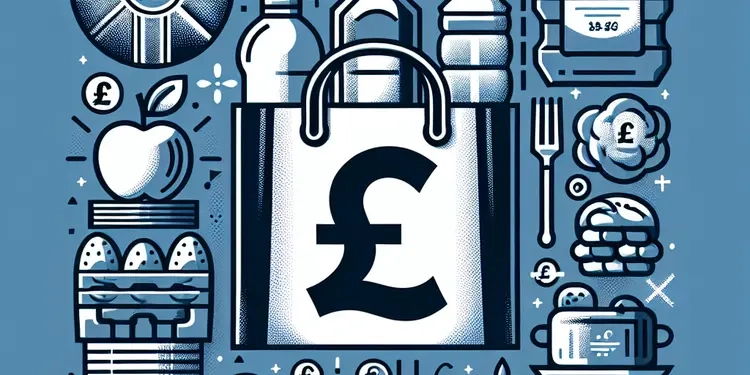
How can I access food banks?
Relevance: 91%
-
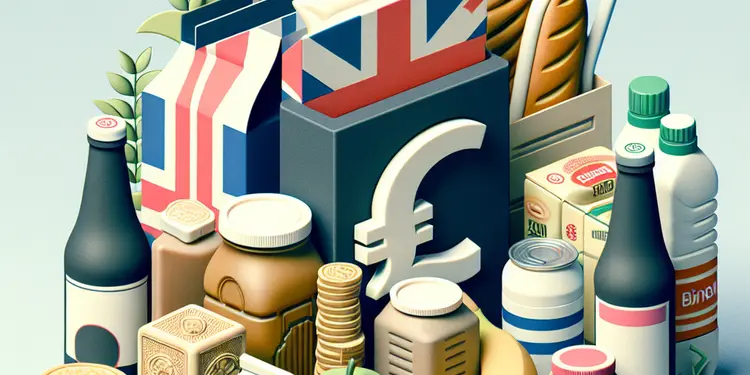
Is there a limit on how much food I can take from a food bank?
Relevance: 88%
-
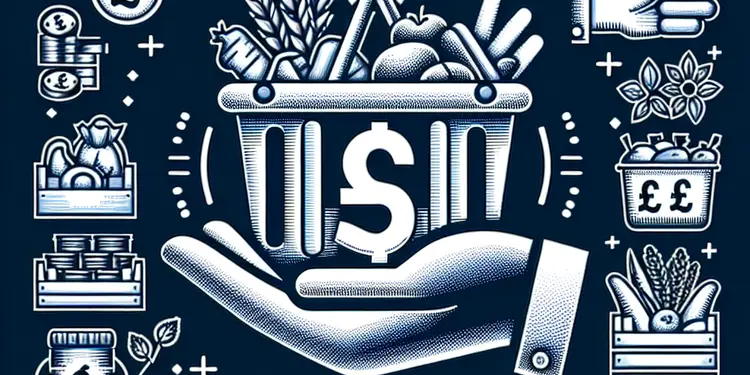
How can I support my local food bank?
Relevance: 87%
-
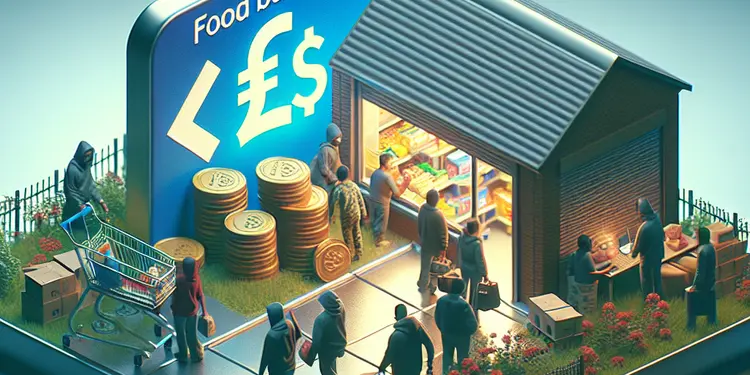
Can refugees or immigrants access food banks?
Relevance: 87%
-
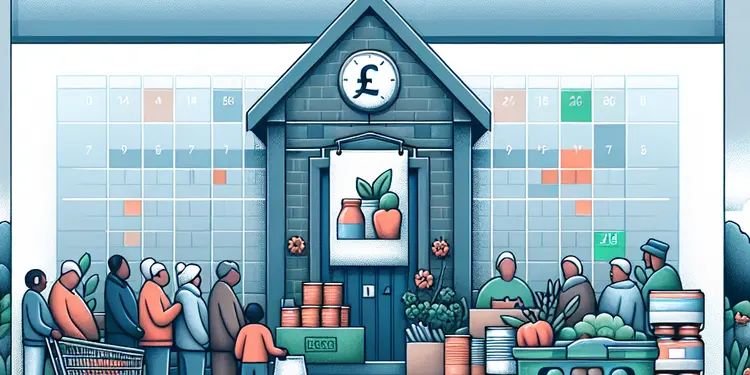
How often can I visit a food bank?
Relevance: 87%
-
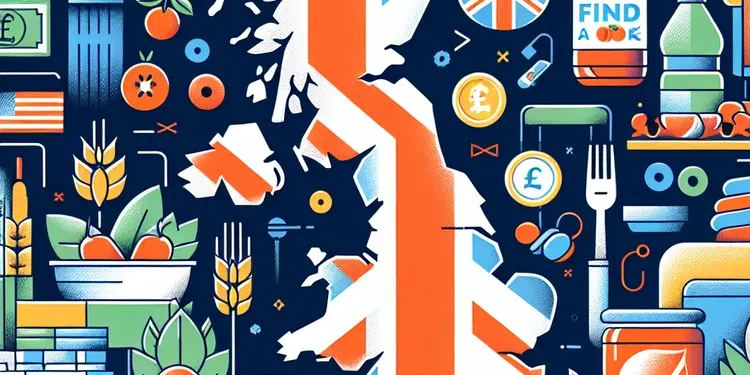
How can I find a food bank near me?
Relevance: 87%
-
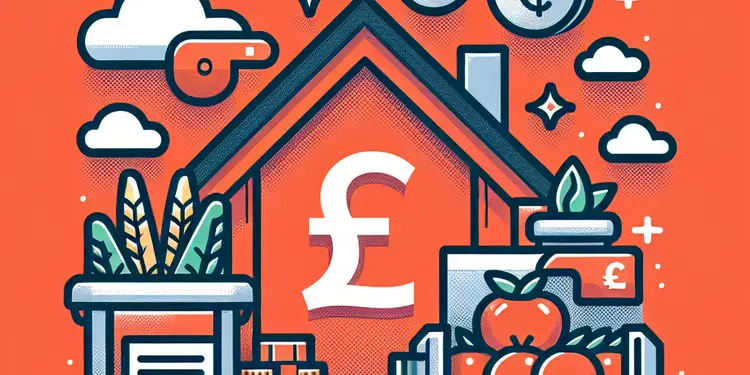
What information do I need to access a food bank?
Relevance: 87%
-
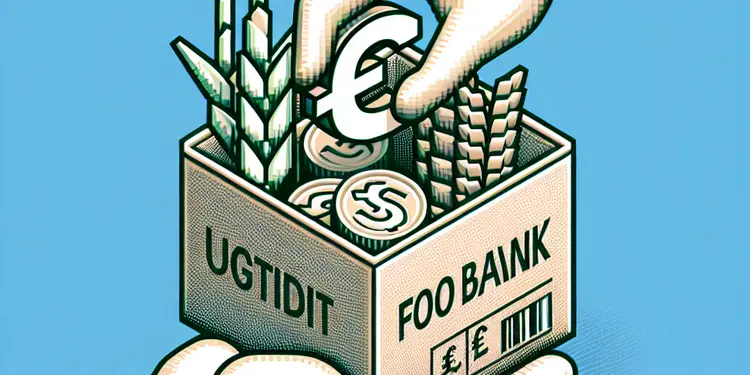
What if I can't physically visit a food bank?
Relevance: 86%
-

The Rise of Community Food Banks: Combating Hunger Locally
Relevance: 84%
-
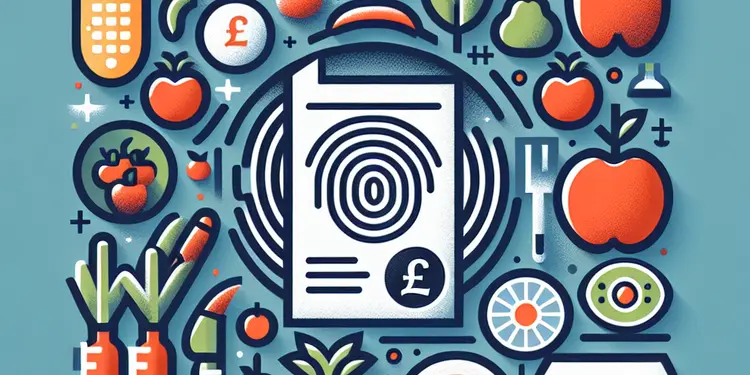
Do I have to provide personal information to access a food bank?
Relevance: 84%
-
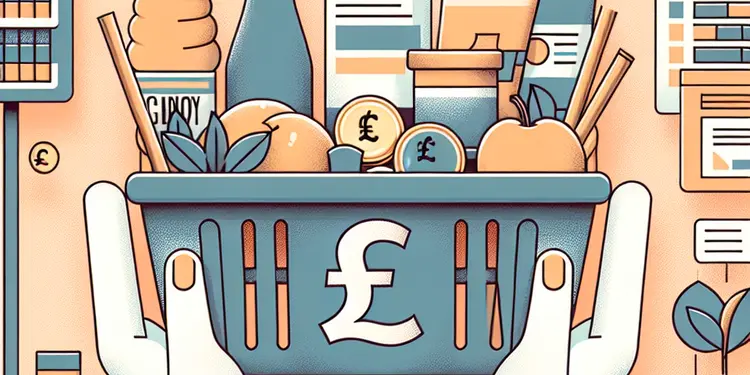
What should I bring with me when visiting a food bank?
Relevance: 84%
-

Rise in Food Bank Usage Amid Economic Challenges
Relevance: 83%
-
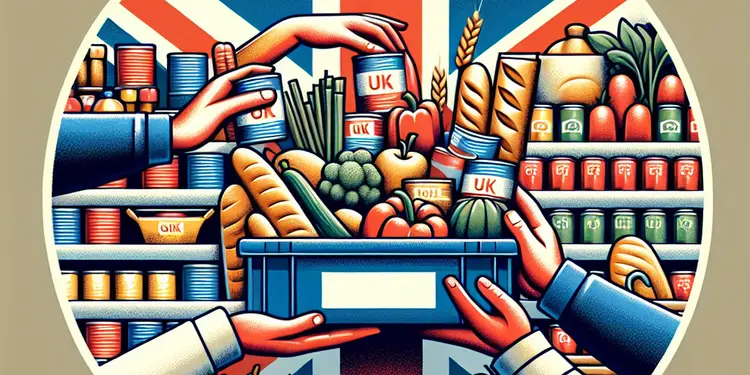
Can I volunteer at a food bank?
Relevance: 73%
-
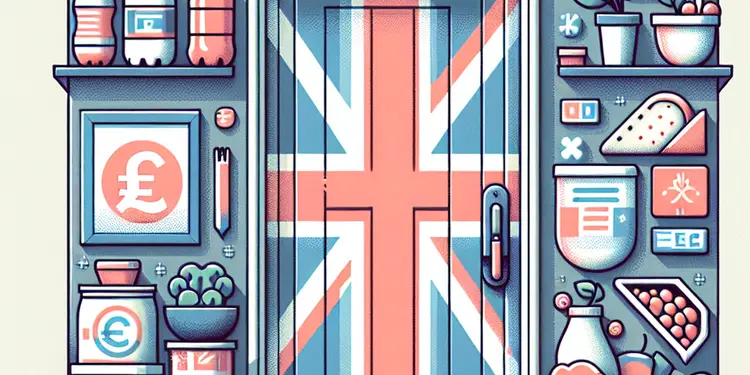
Do I need to make an appointment to visit a food bank?
Relevance: 66%
-

Charities Warn of Food Insecurity Amidst Rising Cost of Living
Relevance: 57%
-

Do online banks have lower fees than traditional banks?
Relevance: 51%
-
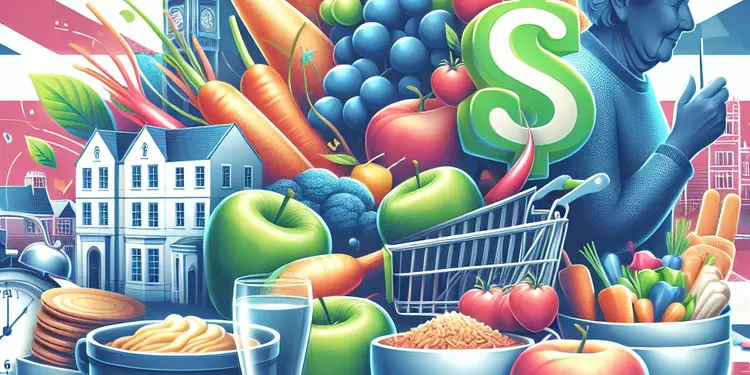
Are there any food assistance programs available for seniors?
Relevance: 50%
-

Do online banks offer investment options?
Relevance: 46%
-
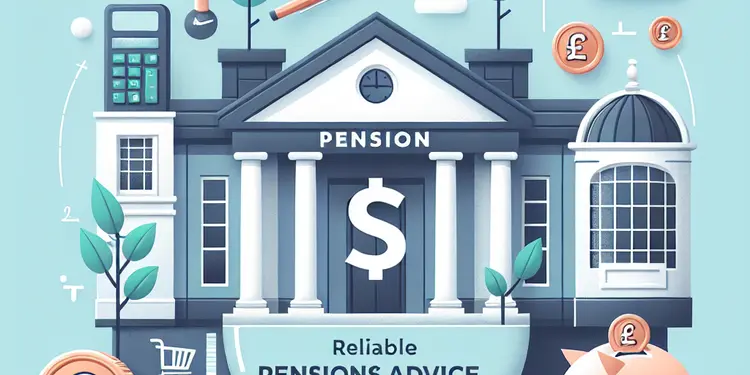
Is advice from my bank on pensions reliable?
Relevance: 46%
-

Can Ozempic be taken with food?
Relevance: 45%
-

Is it easy to switch banks to Monzo or Revolut?
Relevance: 45%
-

Do all banks have the same fee structures?
Relevance: 45%
-
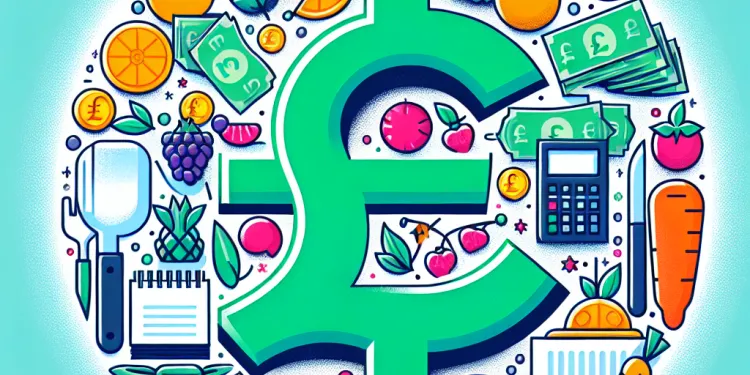
Are there any initiatives to reduce food waste in schools?
Relevance: 45%
-

How do banking fees impact financial inclusion?
Relevance: 45%
-

Can customers dispute unexpected banking fees?
Relevance: 44%
-

Why is there a call for greater transparency in banking fees?
Relevance: 44%
-

What are the consequences for banks not complying with transparency standards?
Relevance: 44%
-
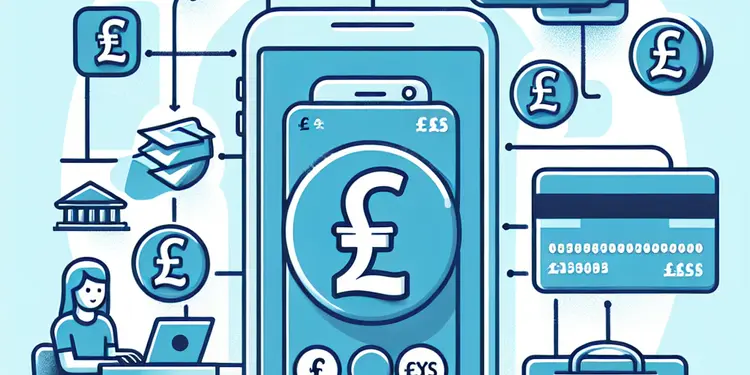
Will students receive the payment directly into their bank accounts?
Relevance: 44%
-

Are online banks like Monzo and Revolut regulated?
Relevance: 44%
-

Why are some banking fees unexpectedly high?
Relevance: 44%
-
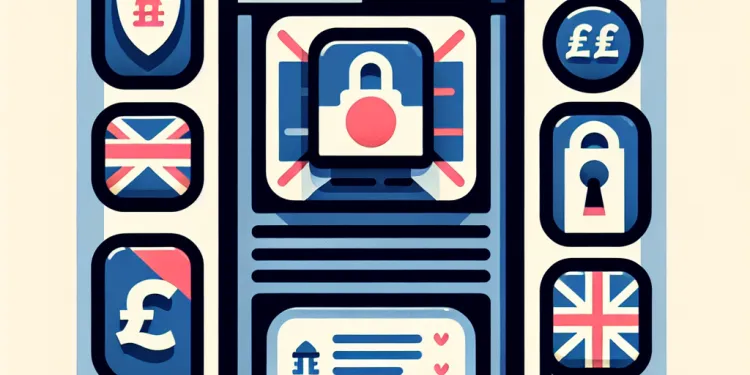
Are online banks like Monzo and Revolut safe?
Relevance: 44%
-
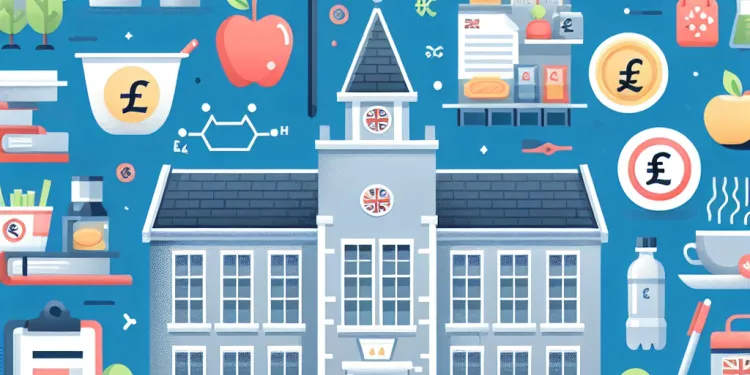
How are food allergies managed in UK schools?
Relevance: 43%
Introduction to Food Banks
A food bank is a charitable organization or facility that distributes food to those who have difficulty purchasing enough food to avoid hunger. In the UK, food banks play a crucial role in supporting individuals and families who are struggling to make ends meet. They provide emergency food supplies to those in crisis, often as a temporary solution while people address the underlying problems they face.
How Food Banks Operate
Food banks collect food from a variety of sources including donations from individuals, supermarkets, and food manufacturers. They often partner with local charities, community groups, and front-line care professionals who identify those in need of support. Food is typically collected at designated drop-off points, sorted and stored at the food bank's warehouse, and then distributed to those referred to the service.
Who Uses Food Banks?
Food bank users come from a range of backgrounds and may include people who are unemployed, on low-income, dealing with unexpected financial crises, or facing personal issues such as illness or a sudden change in circumstances like redundancy or domestic violence. The complexity of reasons highlights the wide-ranging challenges people in the UK face today.
The Role of Food Bank Volunteers
Volunteers are the backbone of food banks, conducting vital activities such as sorting and packing food, managing inventories, coordinating distributions, and providing support and advice to service users. Their commitment and compassion ensure that food banks continue to operate efficiently and effectively across the UK.
How to Access Food Banks
To access a food bank, individuals usually need to be referred by a professional or agency, such as a doctor, social worker, or Citizens Advice Bureau. The referral system helps ensure that the assistance provided is targeted at those who need it most. Once referred, individuals receive a voucher that can be exchanged for emergency food supplies at their local food bank.
Challenges Faced by Food Banks
Despite their best efforts, food banks in the UK are facing several challenges including rising demand, food shortages, and funding constraints. The increasing cost of living and welfare reform have contributed to the growing number of people relying on food banks. This demand places significant strain on resources, making it crucial for food banks to continuously seek support and donations from their communities.
Conclusion
Food banks provide an essential service in the UK, offering immediate relief to those experiencing food insecurity. As both a support system and a temporary solution, they highlight the broader socio-economic issues that affect many people. Continued support, awareness, and policy measures are vital to ensure that food banks can help those most in need, while working towards a future where they are no longer necessary.
Introduction to Food Banks
A food bank is a place that gives food to people who cannot buy enough food for themselves or their families. In the UK, food banks help people and families who are having a tough time getting by. They give food quickly to people who need it while they work on the problems they're facing.
How Food Banks Operate
Food banks get their food from different places like people who give food, supermarkets, and food makers. They work with local groups that help find people who need food. People bring food to places where it can be collected. Then it's sorted and stored safely. Finally, it goes out to those who have been sent there for help.
Who Uses Food Banks?
People who use food banks come from different backgrounds. They might not have a job, have a low-paying job, have surprise money problems, or have personal troubles like being sick or losing a job. This shows that a lot of people in the UK have tough issues today.
The Role of Food Bank Volunteers
Volunteers are very important to food banks. They help by sorting and packing food, keeping track of food supplies, giving out food, and helping people who come in. Their hard work and kindness make sure that food banks run well and help people who need it across the UK.
How to Access Food Banks
To get food from a food bank, a person usually needs to be sent by someone like a doctor or social worker. This helps make sure food goes to the people who need it most. After being sent, the person gets a voucher. They can trade this at their local food bank for emergency food.
Challenges Faced by Food Banks
Even though they try hard, food banks in the UK have problems like more people needing help, not enough food, and not enough money. Life is getting more expensive and this has led to more people needing food banks. Because many people need help, food banks need their communities to help and give food often.
Conclusion
Food banks are very important in the UK. They help people right away who do not have enough to eat. They show bigger money and life problems that many people have. Support, knowing more about the issue, and better rules are needed to keep food banks helping people. We hope for a future where food banks are not needed anymore.
Frequently Asked Questions
What is a food bank?
A food bank is a non-profit organization that collects and distributes food to those who are in need.
How do food banks operate?
Food banks operate by gathering surplus food from manufacturers, supermarkets, and donations to distribute to hungry individuals through partner agencies.
Who benefits from food banks?
Individuals and families experiencing food insecurity, including low-income households, benefit from food banks.
What types of food do food banks provide?
Food banks provide a variety of food items, including non-perishable goods, fresh produce, dairy, and sometimes meat.
How can I access a food bank?
Access typically involves visiting a food bank or a partner distribution center, and eligibility may vary by location.
How are food banks funded?
Food banks are funded through government grants, individual and corporate donations, and community fundraising efforts.
Can anyone donate to a food bank?
Yes, anyone can donate food items, money, or their time to volunteer at food banks.
Are food banks the same as soup kitchens?
No, food banks distribute food to organizations or directly to individuals, whereas soup kitchens serve ready-to-eat meals directly to those in need.
What is the difference between a food pantry and a food bank?
A food bank is a larger organization that supplies food to smaller agencies and food pantries, which directly distribute food to individuals.
How can a business partner with a food bank?
Businesses can partner with food banks by donating surplus food, providing financial support, or contributing other resources.
Do food banks only operate during holidays?
No, food banks operate year-round to address ongoing food insecurity needs.
What is a mobile food bank?
A mobile food bank is a delivery service by food banks that takes food directly to communities in need, often in rural or underserved areas.
How can a community start a food bank?
Communities can start a food bank by organizing resources, securing funding, and forming partnerships with food donors and distribution centers.
Why is there a need for food banks?
There is a need for food banks because many individuals and families experience food insecurity due to economic challenges.
What is the role of volunteers at a food bank?
Volunteers typically help with sorting and packing food, distributing food to clients, and assisting with food bank operations.
What is a virtual food drive?
A virtual food drive is an online campaign where individuals can donate funds to a food bank, allowing the bank to purchase food in bulk.
Can food banks accommodate dietary restrictions?
Many food banks try to accommodate dietary restrictions by providing gluten-free, dairy-free, or other specialized food items when available.
What is gleaning in the context of food banks?
Gleaning involves collecting leftover crops from farms to provide fresh produce to food banks.
How do food banks ensure food safety?
Food banks follow food safety regulations, have trained staff, and use quality control measures to ensure the food they distribute is safe.
What is the impact of food banks on communities?
Food banks alleviate hunger, support nutrition, and contribute to community well-being by addressing food insecurity.
What is a Food Bank?
A food bank is a place where people can get free food if they don't have enough money to buy it. People can go to a food bank when they need help with getting food.
If you need help with getting food, a food bank can give you food for you and your family.
Here are some things that might help you understand more:
- Look at pictures of food banks to see what they look like.
- Visit a food bank with someone you trust.
- Ask questions if you don't understand something. Someone can help you.
- Use simple words to talk about food banks with others.
A food bank is a place that gives food to people who need it. It does not make money from this. They get food and give it to people who need help.
How do food banks work?
A food bank is a place that gives free food to people who need help. People go there when they don't have enough money to buy food.
This is how a food bank works:
- People in the community give extra food to the food bank.
- Volunteers sort the food and make food packages.
- People who need food can visit the food bank to get a package.
If you need help with reading, you can ask someone to read with you or use a reading app. These tools can make reading easier for you.
Food banks collect extra food from factories, grocery stores, and people who donate. They give this food to hungry people with help from other groups.
Who gets help from food banks?
Food banks give food to people who need it. They help:
- Families who don’t have enough money for food.
- People who lost their jobs and can’t buy food.
- Older people who can’t go shopping.
- Anyone who is hungry and needs a meal.
Food banks make sure people have enough to eat when times are tough. If you need help, you can visit a food bank.
Here are some tools and tips that can help you understand:
- Ask someone you trust to explain the words to you.
- Look at pictures that show food banks and how they help.
- Use a dictionary to find out what words mean.
Food banks help people and families who do not have enough food. This can be people with little money.
What food do food banks give?
Food banks give out different types of food. They have food that does not go bad, like cans and boxes. They also have fresh fruits and vegetables. Sometimes, they have milk and cheese, and even meat.
How can I get food from a food bank?
To get food help, you usually need to go to a place called a food bank or another place that works with them. Different places might have different rules about who can get help.
Where do food banks get money and food from?
Food banks get money from the government, from people who give money, from companies, and from events that raise money in the community.
Can you give food to a food bank?
Yes, you can! Anyone can help a food bank by giving food.
When you give food, you help people who don't have enough to eat.
Here are some tips:
- Ask the food bank what foods they need the most.
- Make sure the food is not old or spoiled.
- You can also give money to help buy food.
For more help, ask a friend or use a phone or computer to look up more information online.
Yes, anyone can help by giving food, money, or time to food banks.
Are food banks and soup kitchens the same?
No, they are not the same. Let me explain:
- Food banks are places where people can get food to take home. You pick up food and cook it at home.
- Soup kitchens are places where you can eat a meal. You go there and they give you food to eat right away.
Here is something that can help: using pictures or symbols might help you understand better.
Food banks give food to groups or to people. Soup kitchens give hot meals ready to eat to people who need them.
How is a food pantry different from a food bank?
A food pantry and a food bank help people who need food. But they are not the same.
Food Pantry: This is a place where people can go to get some food to take home. It gives food directly to people who need it. Some people visit each week or each month.
Food Bank: This is like a storehouse. It collects food from many places. Then, it gives the food to the food pantries, kitchens, and shelters. It does not give food directly to people who need it.
If reading is hard, you can ask someone to read with you. Pointing to words with your finger can help too.
A food bank is a big group that gives food to smaller places. These smaller places are called food pantries. Food pantries give food to people who need it.
How can a business work with a food bank?
Businesses can help food banks in many ways. They can give food to the food bank. They can give money to help buy food. They can even ask their workers to help out at the food bank.
Here are some easy steps for a business to work with a food bank:
- Call or email the food bank. Ask how you can help.
- Plan a day for your workers to visit and help at the food bank.
- Think about giving extra food or money each month.
Businesses can also tell others about the food bank. This can help more people know about the good work food banks do.
If you need help understanding, you can use tools like pictures to learn. Also, asking a friend to explain can make it easier to know what to do.
Businesses can help food banks in a few ways:
- They can give extra food that they don't need.
- They can give money to help food banks.
- They can give other things that food banks need.
Do food banks only help during holidays?
Food banks give food to people who need it.
They help all year round, not just on holidays.
Food banks are open on normal days too.
If you need food, you can ask a food bank for help.
Here are some tips to find a food bank:
- Search online for "food bank near me."
- Ask someone you know, like a friend or a helper.
- Look for phone numbers or addresses of food banks in your area.
Remember, it is okay to ask for help when you need it.
No, food banks are open all year to help people who need food. People sometimes don’t have enough food to eat, and food banks help with this problem.
What is a mobile food bank?
A mobile food bank is like a big truck full of food. It travels to different places and gives food to people who need it.
These big trucks go to parks, schools, or parking lots. They stop there so people can come and get food.
People can take things like fruit, vegetables, and bread from the mobile food bank.
If you want to know when a mobile food bank comes to your area, you can watch for posters in your community or check online.
If reading is tricky, you can ask someone to help you, or you can use tools like a tablet or phone that can read the words out loud for you.
A mobile food bank is like a big truck full of food. This truck goes to places where people need food. It helps people who live far away or don't have many food stores nearby.
How can a community start a food bank?
A food bank helps people who need food. Here is how a community can start one:
1. Gather a Team: Find people who want to help. You need volunteers to work together.
2. Find a Place: You need a safe place to keep the food. It can be a room or a small building.
3. Collect Food: Ask people to donate food. You can ask local stores, farms, and neighbors.
4. Tell People: Let the community know about the food bank. You can use posters, social media, or local meetings.
5. Organize the Food: Sort the food by type and date. This helps to know what you have and what you need.
6. Give Out Food: Decide when and how to give food to people. Make sure everyone who needs help can get some.
Helpful Tips:
- Use pictures and signs to show where things are.
- Be friendly and patient with everyone.
- Keep a list of what food comes in and what goes out.
To start a food bank, people in a community can work together. Here is how they can do it:
- Gather things they need.
- Get money to help pay for it.
- Team up with people who can give food and places that can help share the food.
Why do we need food banks?
Sometimes, people do not have enough money to buy food.
Food banks help by giving free food to people who need it.
You can use bins and pictures to sort food into groups.
Asking a friend to help read or explain can make things clearer.
Food banks are important. They help people who don’t have enough food. This can happen when people don’t have enough money.
What do helpers do at a food bank?
Volunteers help with sorting and packing food. They give out food to people who need it. They also help run the food bank.
What is a Virtual Food Drive?
A virtual food drive is a way to help people get food.
Instead of giving food, you give money online.
The money is used to buy food for people who need it.
You can use a computer, tablet, or phone to help. Here are some tips to make it easier:
- Ask a grown-up to help you use the computer.
- Use big buttons or pictures to help you understand.
- Speak out loud what you want to do for help.
A virtual food drive is an online way to collect money. People give money to a food bank. Then, the food bank can buy a lot of food with that money.
Do food banks have food for special diets?
Food banks try to help everyone, but sometimes they may not have special foods. If you need special food because of health reasons, it is good to tell them. You can ask them if they have the food you need.
Here are some things you can try:
- Tell the food bank staff about the foods you cannot eat.
- Bring a list of foods that are safe for you to eat.
- Ask a friend or family member to help you talk to the food bank.
Remember, food banks want to help as much as they can.
Food banks try to help people with different diets. They may have special foods like gluten-free or dairy-free items if they have them.
What does gleaning mean for food banks?
Gleaning is when people collect leftover food from farms. This food is given to food banks. Food banks help people who do not have enough to eat.
Helpful tools or techniques:
- Use pictures to show where food comes from and how it helps people.
- Talk to someone if you need help understanding.
Gleaning means picking up extra fruits and veggies from farms. This food goes to food banks to help people who need it.
How do food banks keep food safe?
Food banks make sure their food is safe. They follow safety rules, have staff who know what to do, and check the food carefully.
How do food banks help people in the community?
Food banks give food to people who need it. They help people who do not have enough money to buy food.
This makes the community stronger because everyone has something to eat.
You can use pictures and simple words to learn more about food banks.
Food banks help people who are hungry. They give out food to make sure everyone eats enough and stays healthy. Food banks also help keep the community strong by giving food to people who need it.
Useful Links
- Ergsy carfully checks the information in the videos we provide here.
- Videos shown by Youtube after a video has completed, have NOT been reviewed by ERGSY.
- To view, click the arrow in centre of video.
- Most of the videos you find here will have subtitles and/or closed captions available.
- You may need to turn these on, and choose your preferred language.
- Go to the video you'd like to watch.
- If closed captions (CC) are available, settings will be visible on the bottom right of the video player.
- To turn on Captions, click settings .
- To turn off Captions, click settings again.
More Items From Ergsy search
-

What is a food bank?
Relevance: 100%
-

How do food banks get their food?
Relevance: 100%
-

Is there a cost to receive food from a food bank?
Relevance: 97%
-

Are food banks open on weekends?
Relevance: 95%
-

What is the difference between a food bank and a food pantry?
Relevance: 93%
-

What types of food are typically available at a food bank?
Relevance: 93%
-

Can anyone use a food bank?
Relevance: 91%
-

What if there is no food bank near me?
Relevance: 91%
-

How can I access food banks?
Relevance: 91%
-

Is there a limit on how much food I can take from a food bank?
Relevance: 88%
-

How can I support my local food bank?
Relevance: 87%
-

Can refugees or immigrants access food banks?
Relevance: 87%
-

How often can I visit a food bank?
Relevance: 87%
-

How can I find a food bank near me?
Relevance: 87%
-

What information do I need to access a food bank?
Relevance: 87%
-

What if I can't physically visit a food bank?
Relevance: 86%
-

The Rise of Community Food Banks: Combating Hunger Locally
Relevance: 84%
-

Do I have to provide personal information to access a food bank?
Relevance: 84%
-

What should I bring with me when visiting a food bank?
Relevance: 84%
-

Rise in Food Bank Usage Amid Economic Challenges
Relevance: 83%
-

Can I volunteer at a food bank?
Relevance: 73%
-

Do I need to make an appointment to visit a food bank?
Relevance: 66%
-

Charities Warn of Food Insecurity Amidst Rising Cost of Living
Relevance: 57%
-

Do online banks have lower fees than traditional banks?
Relevance: 51%
-

Are there any food assistance programs available for seniors?
Relevance: 50%
-

Do online banks offer investment options?
Relevance: 46%
-

Is advice from my bank on pensions reliable?
Relevance: 46%
-

Can Ozempic be taken with food?
Relevance: 45%
-

Is it easy to switch banks to Monzo or Revolut?
Relevance: 45%
-

Do all banks have the same fee structures?
Relevance: 45%
-

Are there any initiatives to reduce food waste in schools?
Relevance: 45%
-

How do banking fees impact financial inclusion?
Relevance: 45%
-

Can customers dispute unexpected banking fees?
Relevance: 44%
-

Why is there a call for greater transparency in banking fees?
Relevance: 44%
-

What are the consequences for banks not complying with transparency standards?
Relevance: 44%
-

Will students receive the payment directly into their bank accounts?
Relevance: 44%
-

Are online banks like Monzo and Revolut regulated?
Relevance: 44%
-

Why are some banking fees unexpectedly high?
Relevance: 44%
-

Are online banks like Monzo and Revolut safe?
Relevance: 44%
-

How are food allergies managed in UK schools?
Relevance: 43%


